Introduction: The Marathon of Onboarding
Onboarding is like training for a marathon: it requires a phased, gradual approach to ensure success and avoid burnout.
- Cognitive Load Theory (CLT) emphasizes structured learning phases to reduce mental overload.
- Phased onboarding enhances knowledge retention, builds confidence, and fosters long-term success.
The Pitfalls of One-and-Done Onboarding
Many organisations take a short-term approach to onboarding, leading to:
- Information Overload: Policies and tools are shared all at once, overwhelming new hires.
- Confusion: Employees struggle to absorb critical tasks in a short timeframe.
- Disengagement: Overwhelmed hires may feel undervalued or isolated.
📊 SHRM Insight: Structured onboarding improves retention by 82% and productivity by 70%.
What is a Phased Approach to Onboarding?
A phased onboarding approach aligns training with the employee’s learning curve:
- Extraneous Load reduced by prioritising key information.
- Intrinsic Load managed through incremental skill-building.
- Employees stay engaged and confident.
Three Key Phases of Onboarding
1. The Foundation Phase (Day 1 to Week 1)
Objective: Acclimate employees to the organisation’s culture and expectations.
Key Topics:
- Company values, mission, and vision.
- Introduction to tools and resources.
- Overview of role-specific responsibilities.
Strategies:
- Assign mentors or buddies for guidance.
- Share concise resources like infographics or videos.
Example: A one-page culture summary and workspace tour are more effective than a lengthy handbook.
2. The Integration Phase (Week 2 to Month 1)
Objective: Equip employees with the tools and knowledge to perform their roles effectively.
Key Topics:
- Role-specific tools and systems.
- Practical, hands-on training.
- Team collaboration norms.
Strategies:
- Incorporate active learning (shadowing, role-playing).
- Provide ongoing feedback and check-ins.
Example: For a marketing associate, use a short tutorial on campaign software, followed by a real-world task guided by a mentor.
3. The Growth Phase (Month 2 to Month 6)
Objective: Empower employees to take ownership and contribute to organisational goals.
Key Topics:
- Advanced skills development.
- Career planning and growth opportunities.
- Performance expectations and metrics.
Strategies:
- Schedule monthly one-on-ones for progress reviews.
- Offer continuous learning modules or certifications.
Example: A developer progresses from codebase learning to leading a small feature implementation.
How Cognitive Load Theory Enhances Phased Onboarding
CLT Principles in Action:
- Minimising Extraneous Load:
- Focus only on essentials per phase.
- Use structured, clear materials.
- Managing Intrinsic Load:
- Break down tasks into manageable steps.
- Gradually introduce challenging concepts.
- Maximising Germane Load:
- Encourage active learning through real-world tasks.
- Reinforce understanding with feedback and discussions.
The Benefits of Phased Onboarding
- Faster Learning: Step-by-step mastery avoids overwhelm.
- Stronger Retention: Spaced learning improves memory retention.
- Improved Engagement: Structured onboarding shows employee value.
- Lower Turnover: Supported employees are more likely to stay.
Conclusion: Build Confidence, Not Confusion
Onboarding is a journey, not a sprint.
Phased onboarding guided by CLT principles empowers employees with confidence and clarity, fostering long-term success.
Reflect: Are you guiding new hires step by step, or overwhelming them with a marathon on Day 1?
Takeaways
- Phased onboarding enhances knowledge retention and engagement.
- Structured steps reduce cognitive overload.
- CLT ensures effective and supportive learning.
Tips for the Workplace
- Create a Clear Onboarding Timeline: Communicate phase goals to employees.
- Leverage Mentorship: Assign a buddy or mentor for the first month.
- Incorporate Task-Based Learning: Practical, role-specific tasks enhance engagement.
- Schedule Check-Ins: Regularly address progress and concerns.
- Invest in Tools: Use digital platforms for structured, bite-sized learning.
References
- Sweller, J. (1988). Cognitive Load During Problem Solving. https://onlinelibrary.wiley.com/doi/10.1207/s15516709cog1202_4
- Mayer, R. E. (2005). Cognitive Theory of Multimedia Learning. https://doi.org/10.1017/CBO9780511816819
- Society for Human Resource Management (SHRM). Onboarding Metrics That Matter. https://www.shrm.org
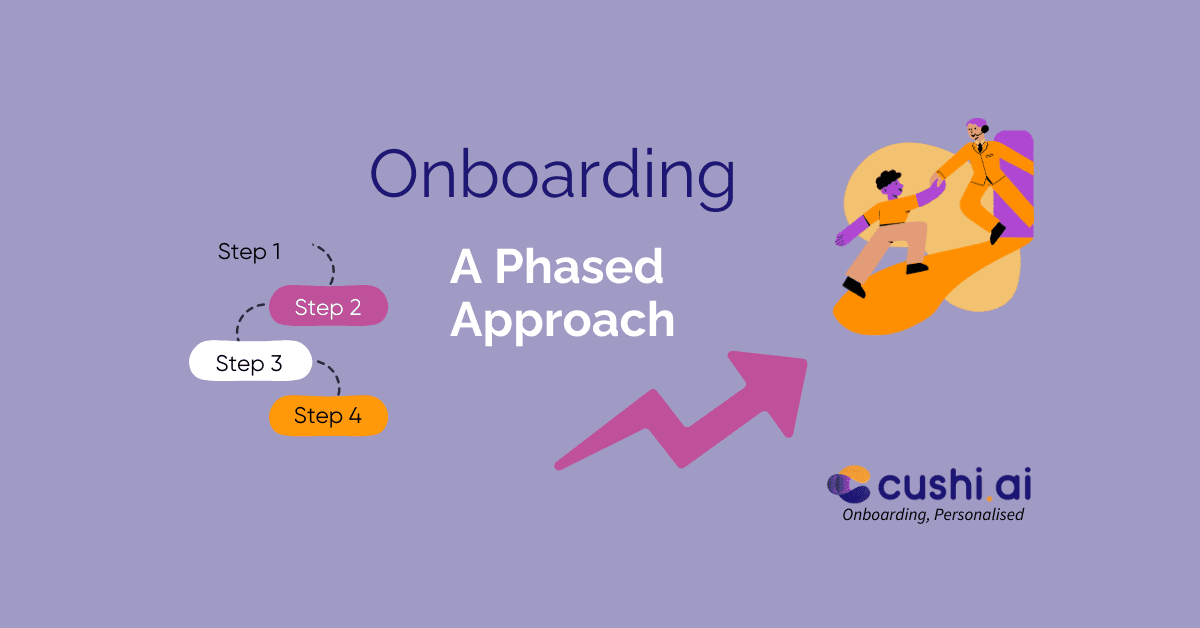
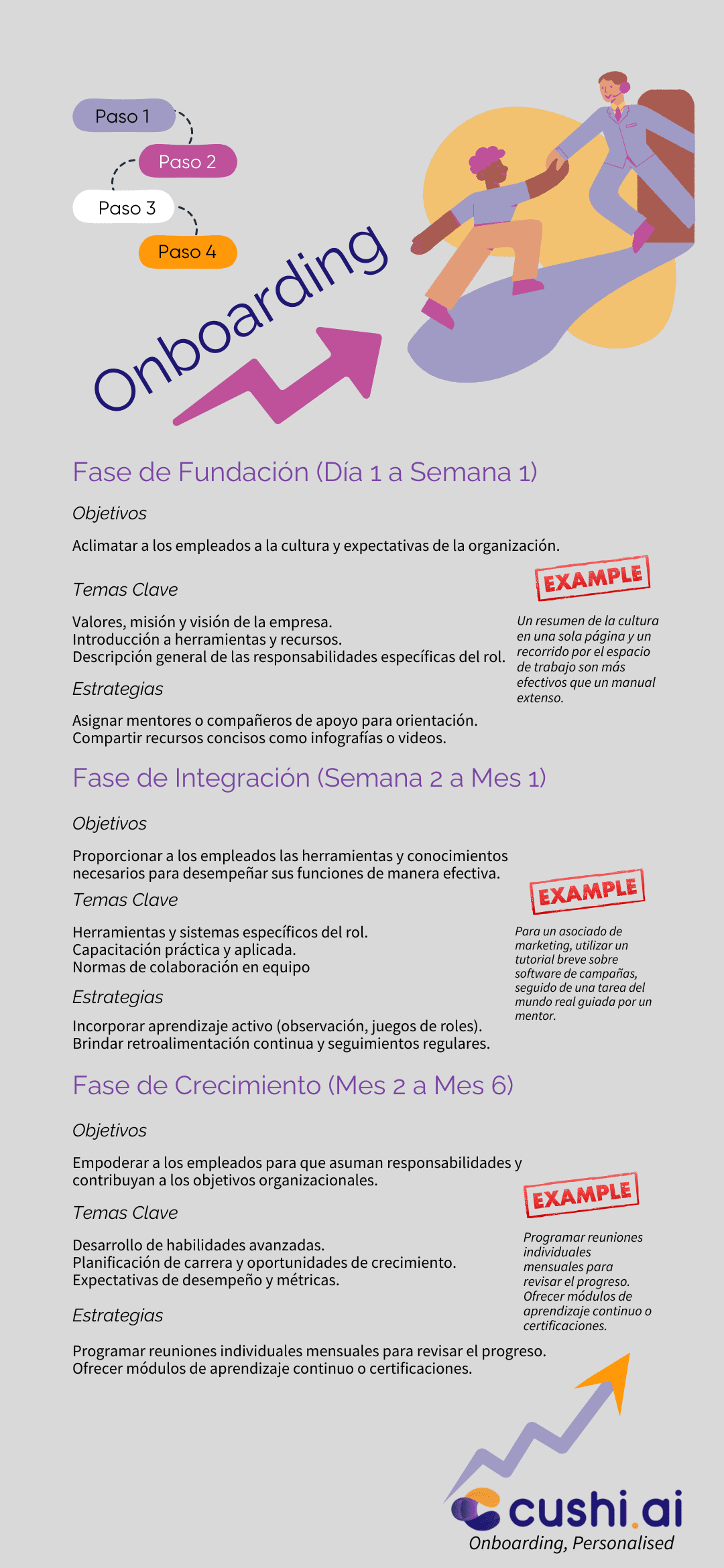
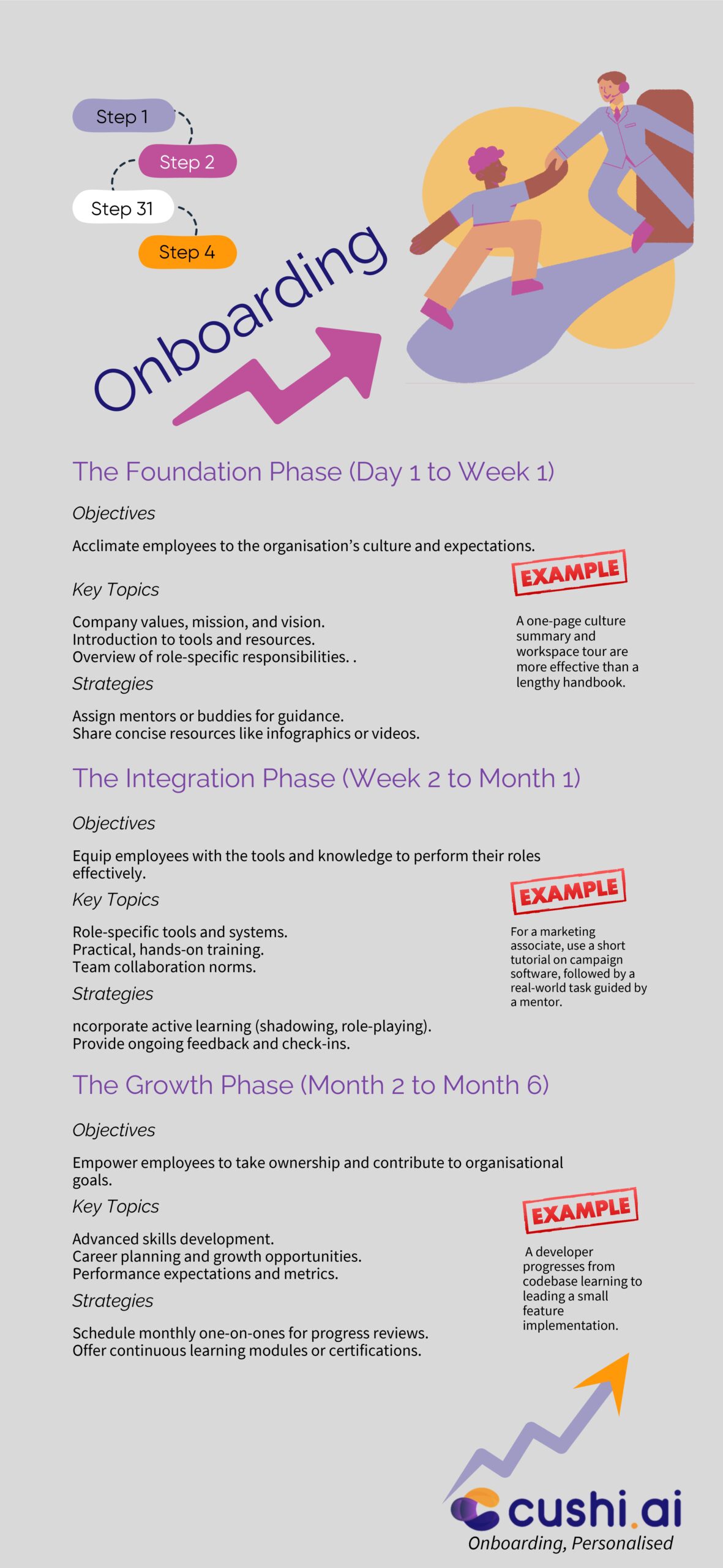
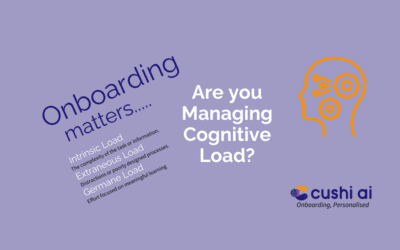
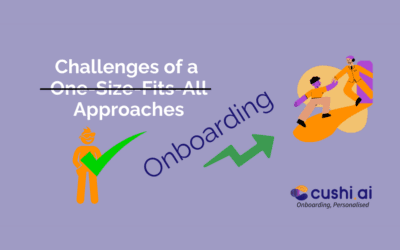
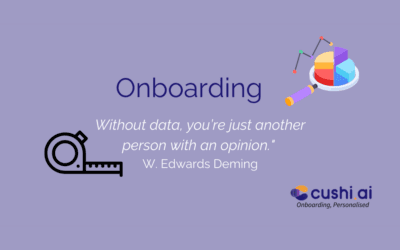
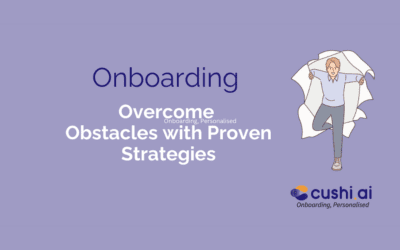
0 Comments